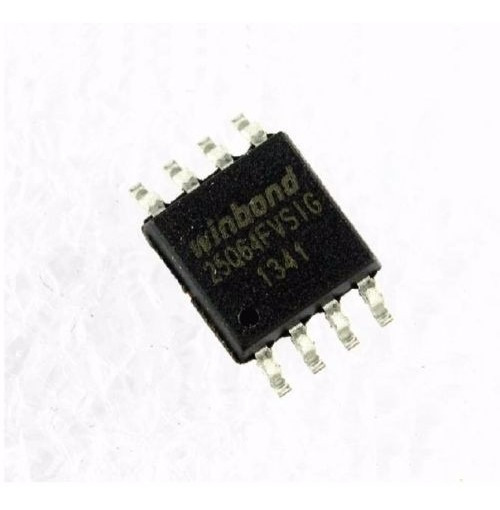
I got into the BIOS and (of course) I first tried changing the boot order, but it didn't work. I was trying to get it to boot from a USB flash drive. I have a UEFI-based Windows-10 tablet ("Insignia", Best Buy's home brand) with detachable keyboard. As mentioned above, it's going to be difficult to do this with the chip still on the board, but I don't think this is really what you want to do anyway.Ĭlick to expand.I've been avoiding the ugly details b/c people seem to get side-tracked asking me questions I've already answered dozens of times elsewhere, asking if I've done this or tried that or performed some obvious basic step first, and of course I have. The chip datasheet will have all of the details. There are multiple erase commands so be sure to send the one you want (sector erase, whole chip erase, etc.). Basically you send a command to enable writing, then send a command to erase. Or get your hands on a device that is pre-programmed to do this. You need to connect the proper pins to a device that can communicate with the chip, then write some code to send the commands. But if this is your goal, then look at the chip datasheet and determine the interface (probably SPI).

Normal people don't have the tools or knowledge to do this so I don't think this is what you're after.


If you are sure that you need to erase the actual chip The instructions you received about writing to the registers is how to talk to the chip and tell it to erase itself. It's very unlikely they would expect any normal user to fiddle with individual chips. Possibly there is a jumper on the computer motherboard to be shorted to reset the BIOS (this is common), this would most likely be in the manual somewhere.

Are you trying to use a typical user method of resetting the BIOS to get back to factory defaults? I think you may be looking at the wrong thing.


 0 kommentar(er)
0 kommentar(er)
